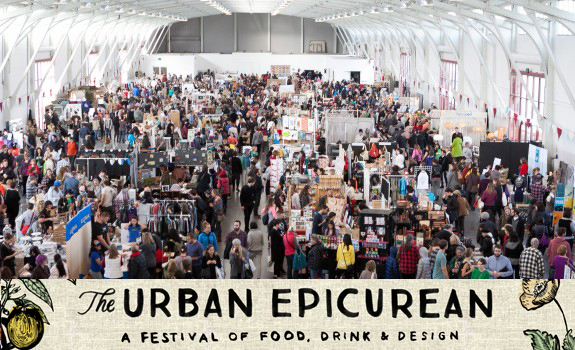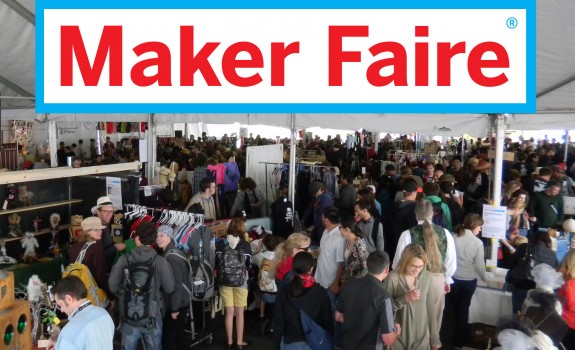**Note: though this is a very respectfully worded request (note how she doesn’t ask specifically for my sources), it is considered good etiquette to ask advice like this from someone with a related but non-competing business, like someone who’s in fashion, or who makes baby products. That said, when I had this exact question starting out, I asked the plush toy makers down the block from me. They were more than gracious and generous in their help, so I’m paying it forward to all of you. For more on the subject of crafty business etiquette, please see this article I wrote for the San Francisco Bazaar blog.
I am currently designing my own line of stuffed animals (not meat products) and would really appreciate your advice. I would like to make a product that takes the environment into consideration. I am finding it extremely difficult to find recycled fabrics. I did find recycled polyfill. Any advice you can give on finding an environmentally aware manufacturer and materials would be greatly appreciated.
As far as sustainable fabrics go, it is difficult to find them outside of the hemp/wool/cotton/natural fibers area, but there are some polyesters that can be made from recycled plastic, such as fleece and fake furs. I have never found a place to purchase these in small quantities, so I source my fleece in China, where the minimum for each color is 300 yards. (I was lucky enough to have a friend whose toy company runs a reputable factory in China. They were able to point me towards fabric mills there.) There is a fleece called EcoFleece and a short fur called EcoPile, both available in the U.S., but these lines also require large wholesale orders. You’ll have to do some calling around and searches through wholesale directories like ThomasNet to find them. Some manufacturers only make/carry a set of common colors, and others can dye your fabric in any color you choose.
There is also an organization here in San Francisco called People Wear SF that held a small sustainable fabric trade show twice last year. If they do it again, it would likely be in the next month or two. If not, someone there might have a list of past exhibitors you can contact.
Since you are starting out small, you may have to make some compromises about your fabrics. For example, you might consider buying fabrics from a creative re-use center or something similar. I don’t know where you are located, but here in the Bay Area we have S.C.R.A.P. in San Francisco and the East Bay Depot for Creative Re-use in Oakland. At these places you can buy fabrics otherwise destined for the landfill and you will have lots of choices when it comes to fabric type (but maybe not color/print as much). You can also pilfer clothing and pillows from thrift stores. Felted sweaters make excellent no-fray fabric for toys and some stores sell by the pound.
You can also just buy off-the-shelf fabrics in the beginning, and try to maintain your commitment to the environment in other ways (which is what I did). You’ve already found some recycled fiberfill (Carlee sells this in bulk in New Jersey or you can buy corn-based fiberfill from your local fabric store), which is a good start. You can also ship your toys using only recycled and/or re-used packaging, and you can plant trees or buy credits to make your business carbon neutral.
I hope this helps. There’s unfortunately not a lot of information out there regarding material sourcing, because it’s one way small businesses discourage competition. If any readers have info they can share, please add it to the comments. Thanks!




















